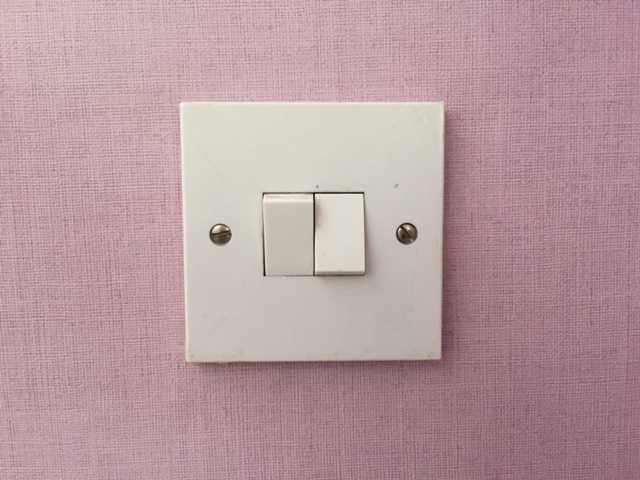Switch
Contents |
[edit] Introduction
A ‘switch’ is typically an electrical device which can either be turned on or off, depending on whether the requirement is to activate an electric circuit (turn on) or close it (turn off). Switches can be used to turn on/turn off lights and other electrical appliances and are used for a myriad of other domestic, commercial and industrial applications; this includes changing TV channels, pressing the keys on a computer keyboard and activating/deactivating car door-opening mechanisms.
[edit] How it works
When a switch is turned on, an electrical circuit is completed, allowing electric current to flow, causing the activation of the desired effect (e.g to turn a light on). Closing the switch (off position) breaks the circuit and stops the effect in question.
[edit] Manual v automatic
Switches can be activated manually or automatically:
Manual-type examples:
Automatic-type examples:
- Central heating on-off timer.
- Automatic pump.
- Smoke alarm.
As there is usually no manual activation with automatic switches, there must be an agent that causes the switch to activate. In an automatic pump, for instance, that agent is water: when the water level reaches a predetermined level, it completes a circuit causing the pump to operate. When the water level drops, the circuit is ‘broken’ and the pump stops.
[edit] Toggle
Another type of switch is a ‘toggle’ – a manually activated switch that has a protruding lever which makes it easy to actuate banks of toggle switches that need to be activated or deactivated simultaneously.
[edit] Railroad switch
A ‘switch’ in the railway sector is a mechanical device that allows a railway track to be ‘switched’ from one position to another, thereby diverting a train onto a different track. This type of switch is sometimes referred to as ‘points’.
[edit] Related articles on Designing Buildings Wiki
Featured articles and news
Infrastructure that connect the physical and digital domains.
Harnessing robotics and AI in challenging environments
The key to nuclear decommissioning and fusion engineering.
BSRIA announces Lisa Ashworth as new CEO
Tasked with furthering BSRIA’s impressive growth ambitions.
Public buildings get half a million energy efficiency boost
£557 million to switch to cleaner heating and save on energy.
CIOB launches pre-election manifesto
Outlining potential future policies for the next government.
Grenfell Tower Inquiry announcement
Phase 2 hearings come to a close and the final report due in September.
Progress from Parts L, F and O: A whitepaper, one year on.
A replicated study to understand the opinion of practitioners.
ECA announces new president 2024
Electrical engineer and business leader Stuart Smith.
A distinct type of countryside that should be celebrated.
Should Part O be extended to existing buildings?
EAC brands heatwave adaptation a missed opportunity.
Definition of Statutory in workplace and facilities management
Established by IWFM, BESA, CIBSE and BSRIA.
Tackling the transition from traditional heating systems
59% lack the necessary information and confidence to switch.
The general election and the construction industry
As PM, Rishi Sunak announces July 4 date for an election.
Eco apprenticeships continue help grow green workforce
A year after being recognised at the King's coronation.
Permitted development rights for agricultural buildings
The changes coming into effect as of May 21, 2024.






















